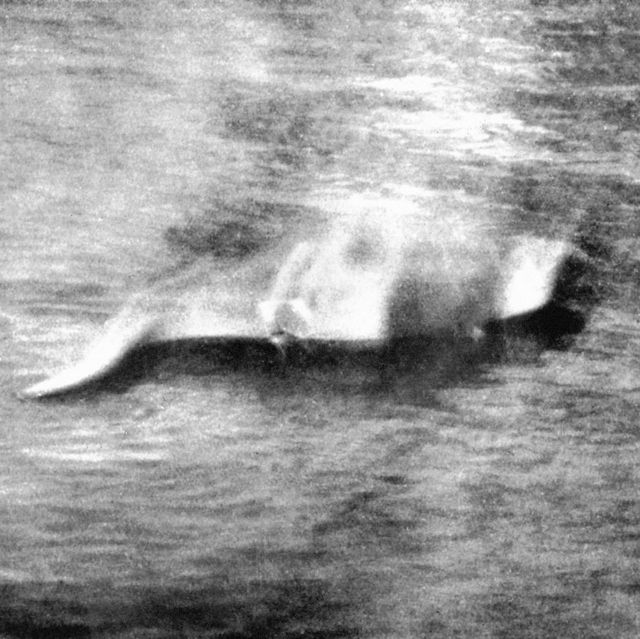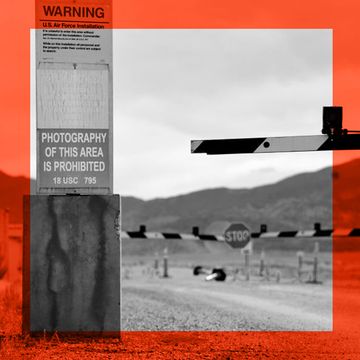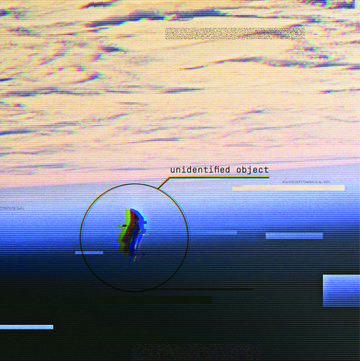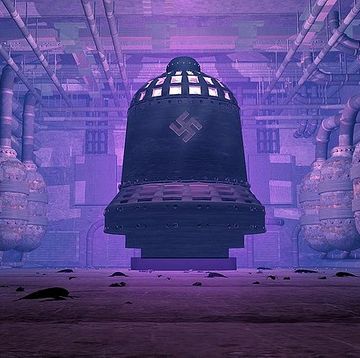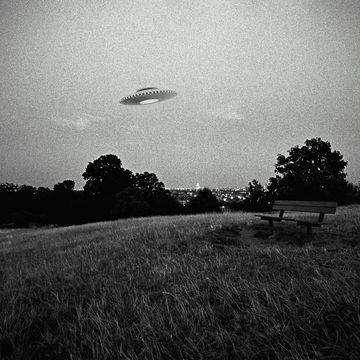- An organized hunt for the Loch Ness monster yielded a few alleged “gloops” of noise.
- The weekend search for Nessie was the largest in more than 50 years.
- The legend of the Loch Ness monster dates to the 6th century.
In typical mythical creature form, the only new evidence turned up in the largest search for the Loch Ness monster in 50 years wasn’t properly recorded.
Over the weekend, the Loch Ness Centre paired with hundreds of volunteers for a “The Quest,” a search of the 23-mile-long freshwater lake in Scotland where, since the 6th century, the legend of an oversized monster lurking undetected in the waters has persisted. But the team came away nearly empty-handed in the effort.
“We did hear something. We heard four distinctive ‘gloops,’” Alan McKenna, search leader, tells Reuters. “We all got a bit excited, ran to go make sure the recorder was on and it wasn’t plugged in.” Yeah, that fits the narrative of searching for the unfindable.
An August 2023 hunt for Nessie certainly isn’t the first foray into the depths—maximum depths: 754 feet—of the Scottish water. Ever since a written record of the banishment of a “water beast” to the depths of the River Ness surfaced from 6th century writings, the search has been on. In this account, St. Columba tells of a man being killed by the beast and when the beast returned to attack again, the Catholic missionary was able to use prayer to send the monster away, leaving those in the water unharmed.
Then, for six more centuries, we heard nothing more of the monster in the water, but when an English cleric, Walter of Bingham, saw a bear-like creature with fire sparking from its eyes, that gave us another fantastical account of an animal in the lake.
But like all good legends, you need a few hopeful sightings (and made-up ones) mixed in to give it some normalcy or a sense of place in modern culture. That started roughly 90 years ago, when a recorded sighting from May 1933 was published in the local Inverness Courier newspaper of a “fearsome-looking monster.”
“There, the creature disported itself, rolling and plunging for fully a minute,” the account reads, “its body resembling that of a whale, and the water cascading and churning like a simmering cauldron.”
Well, if that doesn’t spark some tourism and interest, we don’t know what will. And that’s exactly what happened.
From there, the public interest—and scrutiny—grew, according to the New York Times. Reports of sightings kept popping up, even while scientists started heftier investigations that explained the m0onster away as some other sort of sea creature.
One of the more famous accounts from April 1934 offered up a grainy photo of what appeared to be a monster-like creature. Of course, it was found in 1994 to be a fake image made with a model to stoke the interest around the supposed sightings.
As time marched on, technology became a part of the depth-searching effort. Alas, the sonar yielded no monster. Some suggested the monster was really a giant eel, but scientists recently noted that wasn’t possible either.
With no evidence in place that a Loch Ness monster exists, that means if people believe, the search can continue. After all, a search with no ending really does just last forever.
Tim Newcomb is a journalist based in the Pacific Northwest. He covers stadiums, sneakers, gear, infrastructure, and more for a variety of publications, including Popular Mechanics. His favorite interviews have included sit-downs with Roger Federer in Switzerland, Kobe Bryant in Los Angeles, and Tinker Hatfield in Portland.
